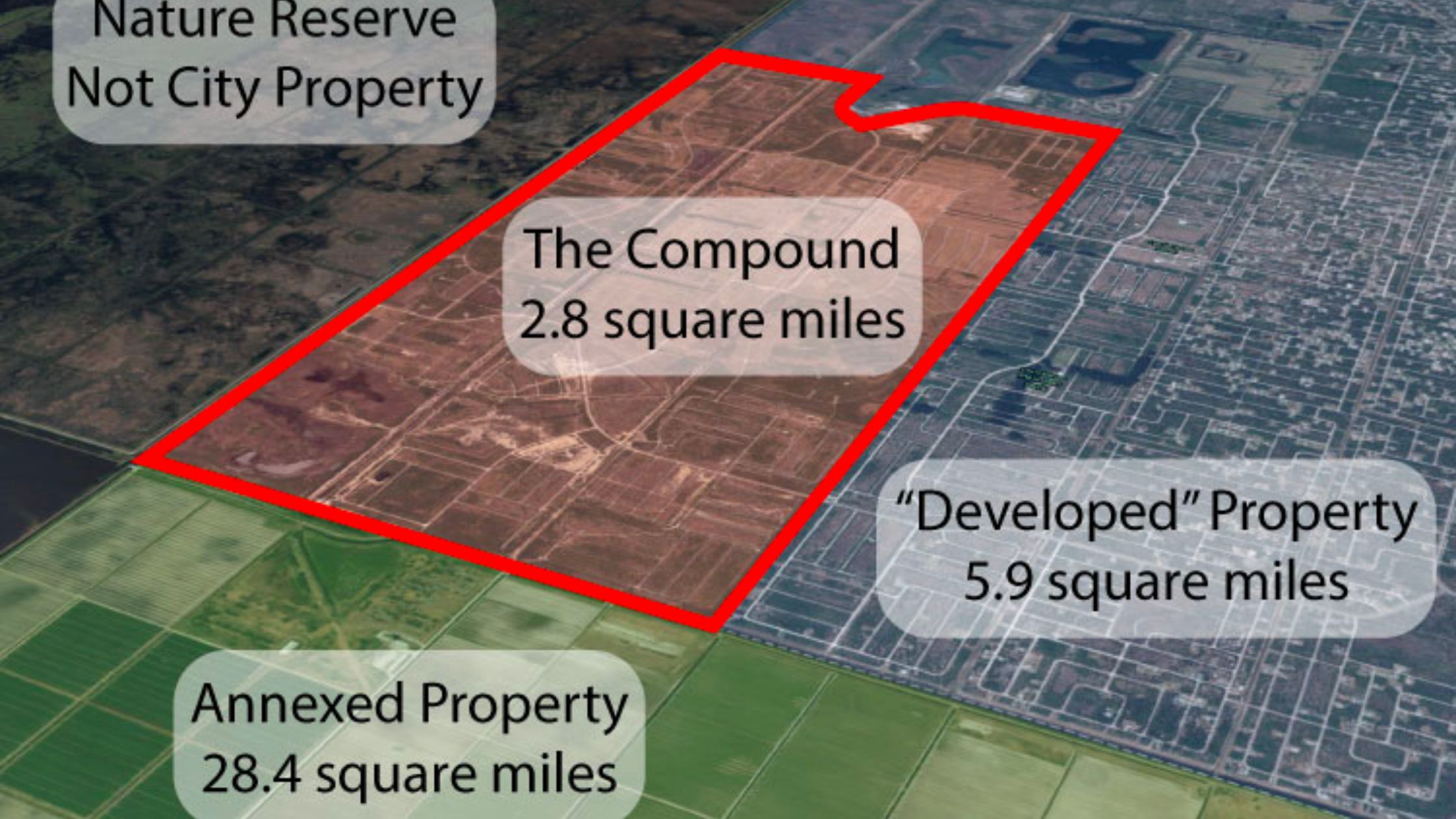
In an era where understanding Earth’s climate dynamics is more critical than ever, NASA’s Plankton, Aerosol, Cloud, ocean Ecosystem (PACE) mission, aboard SpaceX’s Falcon 9 rocket, will be a vital asset to furthering and tracking our knowledge of the Planet. Set to launch from Cape Canaveral’s Space Launch Complex 40, this mission embodies the culmination of years of meticulous planning and collaboration between NASA and SpaceX, aiming to extend our comprehension of the planet’s climate system and its intricate processes. Lift is set for 1:33am Tuesday morning with the first stage booster returning to LZ 1 at CCSFS.
The PACE satellite is designed to monitor the health of Earth’s oceans and atmosphere, offering a new vantage point to observe the complex interactions that govern our climate. By focusing on the microscopic life in our oceans and the aerosols in our atmosphere, PACE stands to revolutionize our understanding of Earth’s biosphere and its response to climate change.
At the heart of PACE’s mission is the observation of phytoplankton, minute marine organisms that play a pivotal role in carbon cycling and the marine food chain. These organisms are not only fundamental to oceanic ecosystems but also act as a critical component in Earth’s carbon cycle, influencing the planet’s climate. The satellite’s advanced hyperspectral imaging capabilities will allow scientists to observe these organisms in unprecedented detail, providing insights into their distribution, diversity, and health.

In addition to studying ocean life, PACE will scrutinize the aerosols and clouds that adorn our skies. Aerosols, tiny particles suspended in the atmosphere, can originate from natural sources like volcanoes and desert dust or from human activities such as the burning of fossil fuels. These particles have a profound impact on Earth’s climate, affecting cloud formation and the planet’s energy balance. By providing detailed measurements of these particles and their interaction with clouds, PACE will shed light on their role in climate dynamics and their impact on weather patterns and climate change.
Managed by NASA’s Goddard Space Flight Center and supported by the agency’s Launch Services Program at the Kennedy Space Center, the PACE mission is a testament to the collaborative effort to advance our scientific understanding of the Earth system. As the Falcon 9 rocket propels PACE into orbit, it carries with it the potential to unlock new discoveries about our planet’s climate, ecosystems, and the delicate balance that sustains life on Earth.
For scientists, policymakers, and the public alike, the data provided by PACE will be invaluable in informing climate action and sustainability efforts. By enhancing our understanding of the natural processes that govern our planet’s climate, PACE empowers us to make more informed decisions about how to protect and preserve our environment for future generations.
For more detailed information on the PACE mission and its scientific objectives, please visit NASA’s official website and the Everyday Astronaut for comprehensive coverage and updates on the launch and mission progress.




